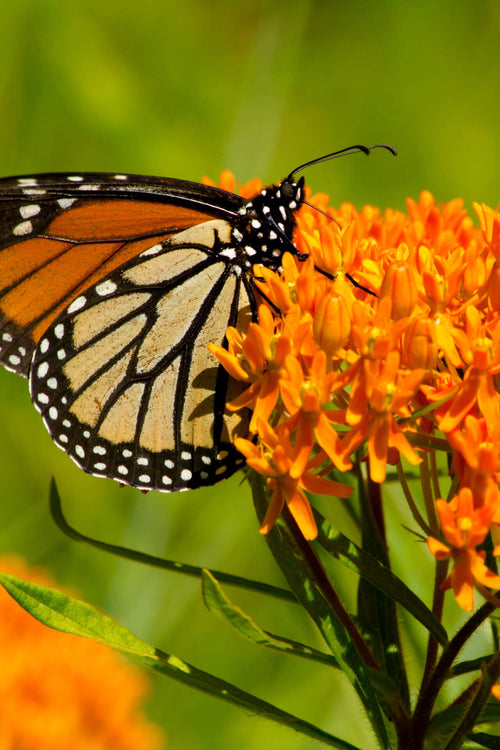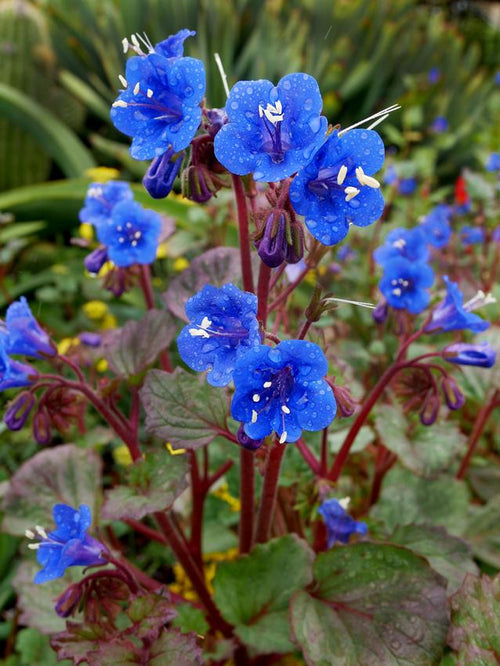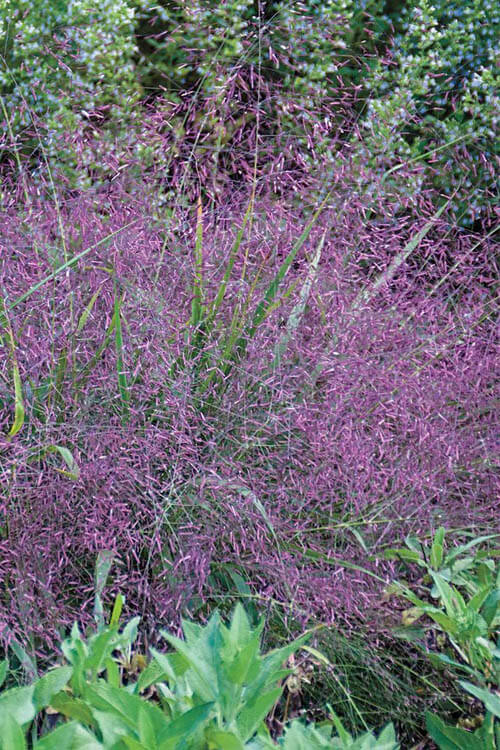How to Multiply
Dividing and propagating perennial plants is a rewarding and cost-effective way to expand your garden, rejuvenate mature plants, and share the beauty of your garden with others. This step-by-step guide will explore dividing and propagating six popular perennial plants: Hostas, Red Hot Pokers, Iris, Daylilies, Phlox, and Blanket Flowers. Each plant has unique characteristics and requirements, making them excellent candidates for propagation. By following these instructions, you can multiply your perennial garden and enjoy an abundance of blooms yearly.
Step 1: Gather Your Tools and Materials
Before you start dividing and propagating perennials, gather the necessary tools and materials: Sharp garden spade or shovel Pruning shears or garden scissors Garden gloves Buckets or containers for plant divisions Potting soil or compost Small pots or containers Watering can or hose Labels and marker
Step 2: Choose the Right Time
Timing is crucial when dividing and propagating perennials. The best time to do this is typically in the spring or fall when the plants are not actively blooming. Each perennial has its specific timing requirements, so let's explore them individually:
- Hostas: Spring or Early Fall Hostas are hardy perennials that can be divided every 3-4 years. Wait until the new shoots are about 2-4 inches tall in the spring or after they have finished flowering in early fall.
- Red Hot Pokers (Kniphofia): Spring or Late Fall Divide Red Hot Pokers in the spring before new growth starts or when they are dormant in late fall. Spring is generally preferable.
- Iris: Late Summer Irises should be divided in late summer, typically 4-6 weeks after they finish flowering. Separating them allows time for the divisions to establish roots before winter.
- Daylilies: Spring or Late Summer Daylilies can be divided in the spring as new growth emerges or in late summer after blooming.
- Phlox: Spring or Early Fall Divide Phlox in the spring as new growth appears or in early fall when the weather is cooler.
- Blanket Flowers (Gaillardia): Spring or Late Fall Blanket Flowers can be divided in the spring as new growth begins or dormant in late fall.
Step 3: Prepare the Perennial Plants
Before dividing your perennials, water them thoroughly a day or two in advance. Watering them makes the soil stick together and makes the division process easier. Additionally, trim back any dead or damaged foliage to make it easier to see the plant's structure.
Step 4: Dig Up the Perennial
Use a sharp garden spade or shovel to dig up the entire perennial plant carefully. Dig around the plant, keeping a comfortable distance from the outermost leaves. Be sure to dig deep enough to avoid damaging the roots.
Step 5: Divide the Perennial Plant
Once you've lifted the entire plant, it's time to divide it into smaller sections. The method of division depends on the plant:
- Hostas: Gently tease apart the clumps, ensuring each division has several healthy shoots and roots. You can use a clean knife to cut through the rhizomes.
- Red Hot Pokers: Use a shovel or knife to separate the clumps, ensuring each division has roots and a crown portion.
- Iris: Carefully break apart the rhizomes by hand, discarding old or unhealthy sections. Each division should have a fan of leaves and roots.
- Daylilies: Separate the clumps by hand or with a knife, ensuring each division has roots and several fans of leaves.
- Phlox: Divide Phlox by gently pulling the clumps apart or using a knife. Each division should have roots and several stems.
- Blanket Flowers: Handly separate the clumps, ensuring each division has roots and a crown portion.
Step 6: Plant the Divisions
Plant the divisions immediately in their new locations or containers. Make sure the soil is well-draining and enriched with compost or potting soil. Dig a hole slightly larger than the division and place it in the hole at the same depth it was previously growing. Water thoroughly after planting.
Step 7: Label and Maintain
Label each division with the plant's name and date of division. This helps you keep track of your garden's layout and ensures you can identify each plant. Water the divisions regularly, especially in the weeks following transplantation, to help them establish strong roots.
Step 8: Care and Maintenance
Care for your divided perennials throughout the growing season by providing adequate water, sunlight, and nutrients. Mulching around the plants conserves moisture and suppresses weeds.
Following these steps, you can successfully divide and propagate perennials like Hosta's, Red Hot Pokers, Butterfly Weed, Daylilies, California Bluebell, and Blanket Flowers. This enhances your garden and allows you to share plants with friends and fellow gardeners. Your divided perennials will thrive and provide years of enjoyment with proper care. Happy gardening!




















































